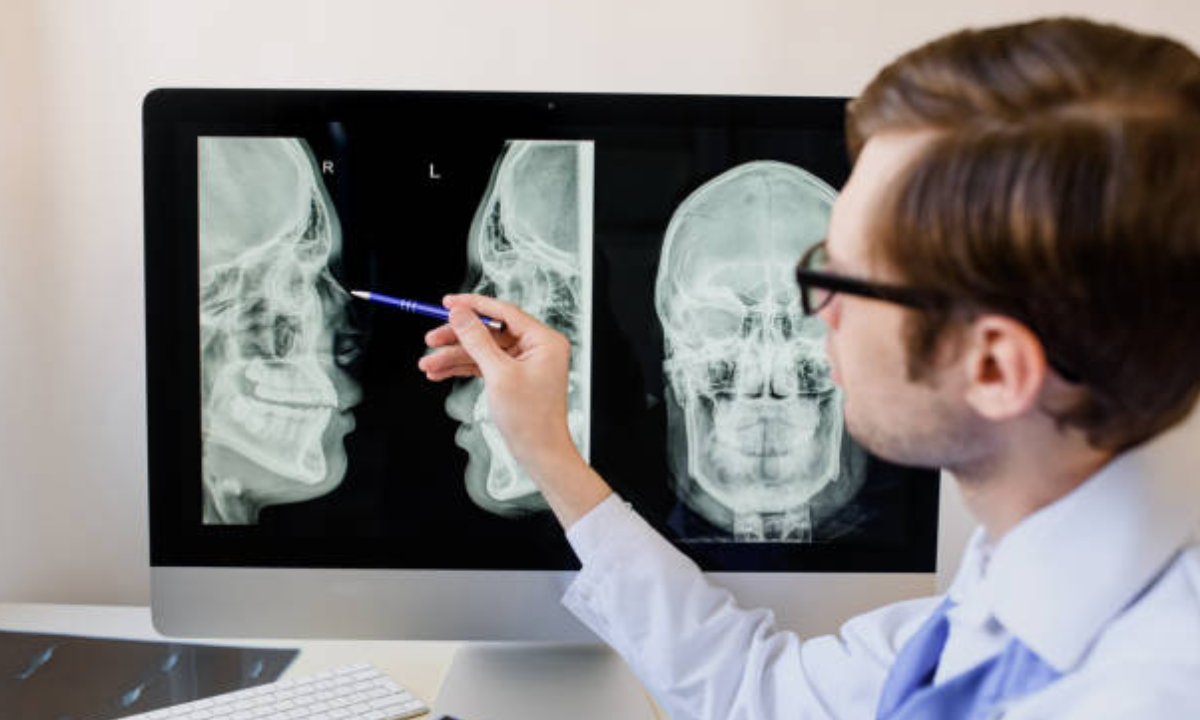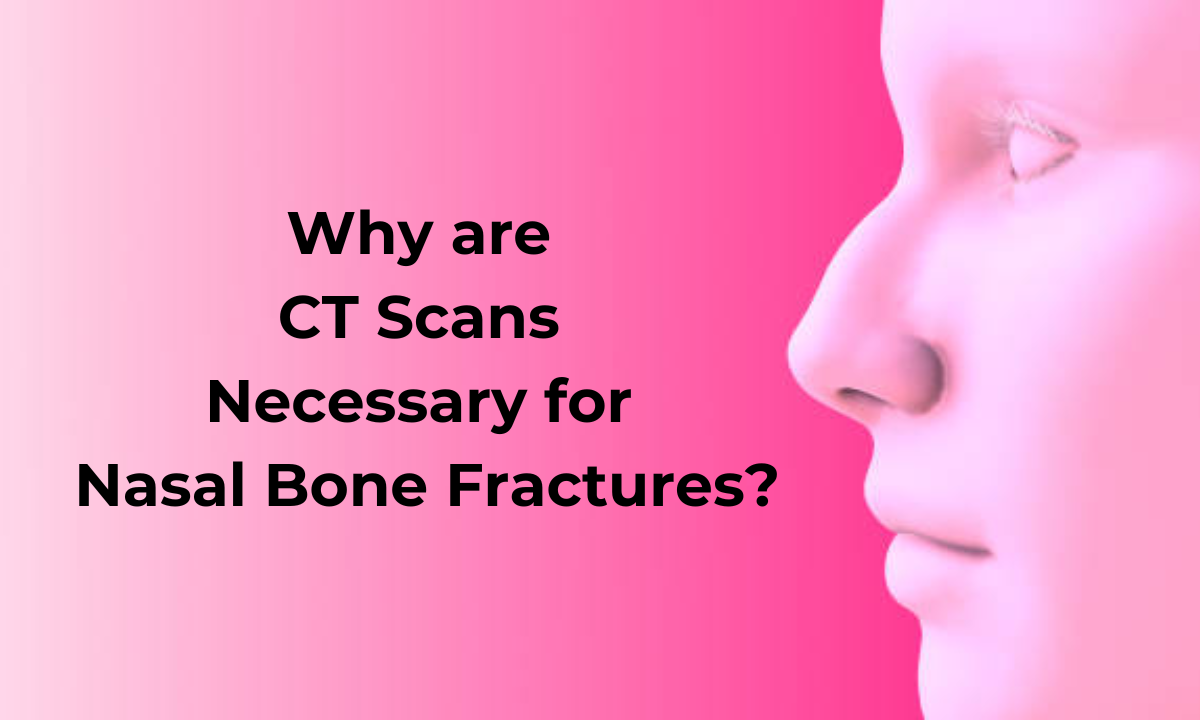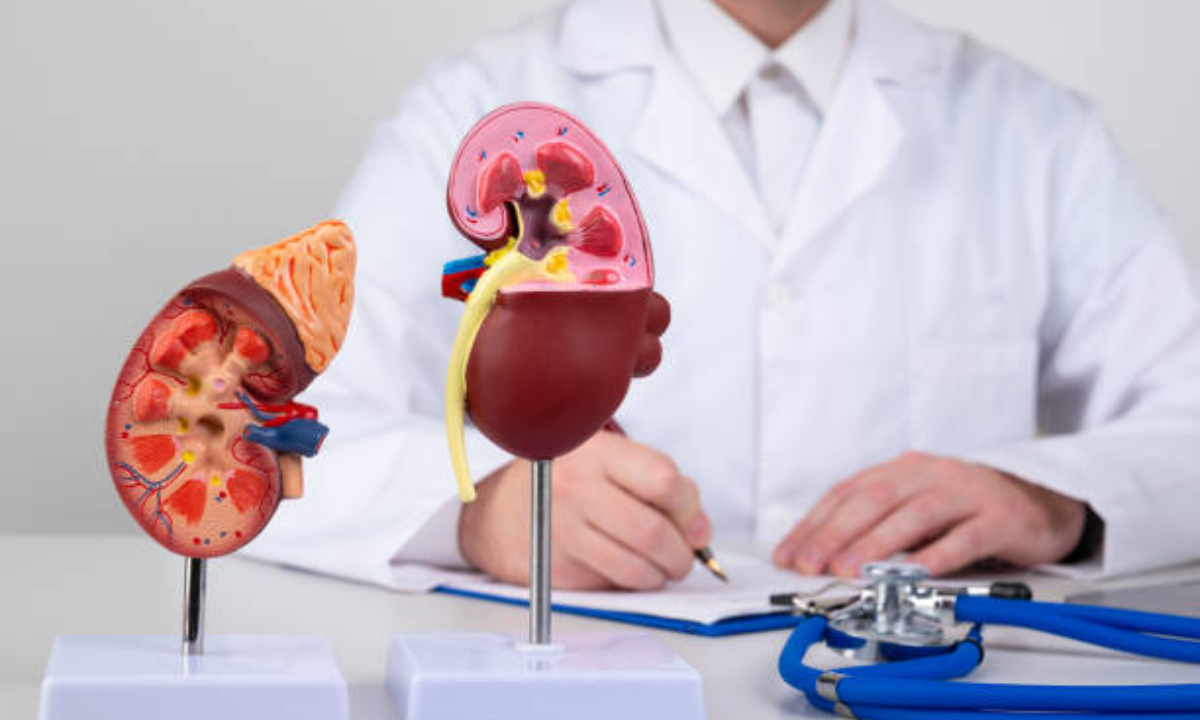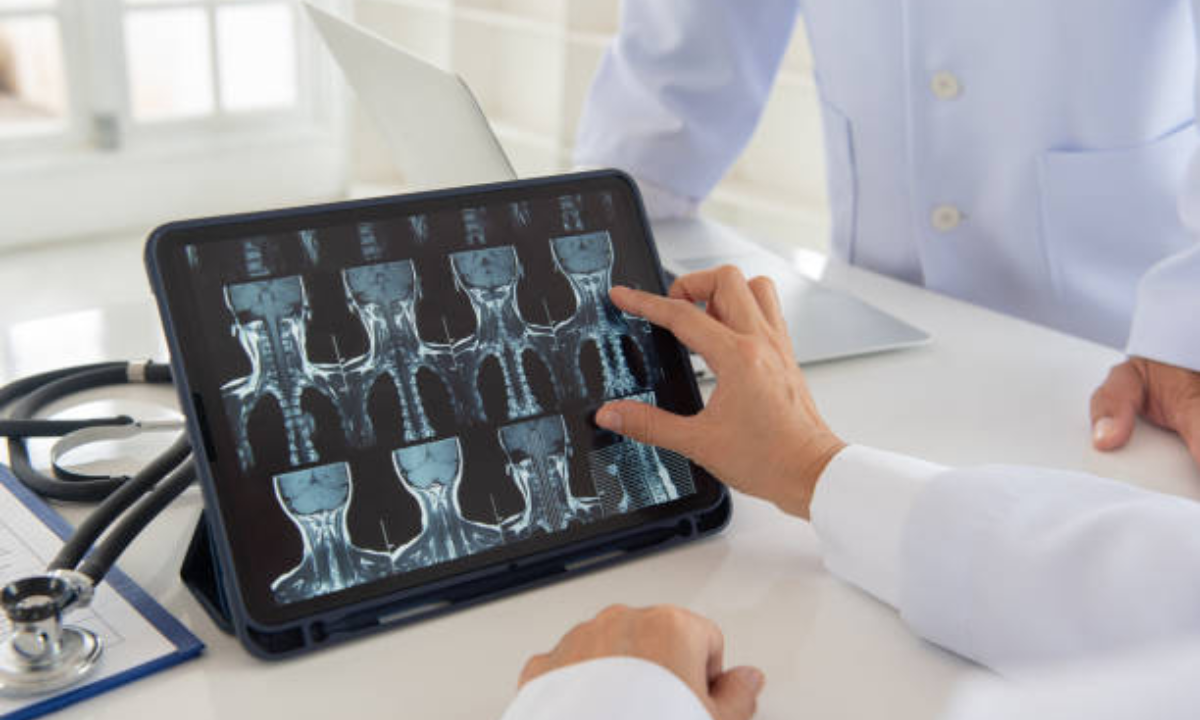CT scan for Nasal bone fractures is important because nasal bone fractures are a common facial injury caused by trauma such as accidents, sports, or violent situations. Accurate diagnosis and treatment are critical for full recovery and avoiding problems. CT scans (Computed Tomography) are especially effective for detecting and treating nasal bone fractures. CT scans assist medical practitioners in determining the severity of an injury by giving detailed, high-resolution images.
In Bangalore, where advanced medical facilities are easily accessible, a CT scan is an essential tool for efficient nasal bone fracture treatment. Whether you have a minor fracture or a significant injury, a CT scan in Bangalore can provide detailed images of the nasal bones and surrounding structures. This article covers the importance of CT scans for nasal bone fractures, how they ensure accurate diagnosis and treatment, and how a CT scan in Bangalore can help patients with nasal injuries.
What is a CT scan?
A CT scan, also known as a Computed Tomography scan, is a sophisticated imaging technique that produces detailed cross-sectional images of the body by combining X-ray data from many angles. This technique produces precise images of bones, blood vessels, and soft tissues, allowing doctors to examine the body’s internal architecture with unprecedented detail. CT scans are a vital tool in medical diagnostics because of their ability to produce crisp and comprehensive images, which aids in accurate diagnosis and successful treatment planning.
In Bangalore, where cutting-edge medical facilities are available, the cost of a CT scan is an essential factor for patients. Understanding CT scan cost in Bangalore might help patients make better healthcare decisions. CT scans are widely utilized due to its ability to generate detailed images, which are critical for detecting and treating a wide range of medical disorders. Whether identifying fractures, tumors, or other inside problems, clear images from a CT scan are crucial for effective medical evaluations and treatments.
The importance of diagnosing nasal bone fractures

Correct diagnosis of nasal bone fractures is crucial for some reasons. First and foremost, it helps to prevent misdiagnosis or delayed diagnosis. Chronic nasal obstruction, sinus infections, and abnormalities may result if the fracture is not diagnosed and treated promptly. Proper diagnosis ensures that the best treatment option is chosen, whether surgical intervention or conservative therapy.
At a Diagnostic Centre in Bangalore, correct assessment of nasal bone fractures is critical. Such exact evaluation ensures that the nasal bones are properly straightened, encouraging healing and restoring normal function and appearance. Ensuring a precise diagnosis at a reputable diagnostic facility in Bangalore aids in the formulation of appropriate treatment strategies, resulting in better outcomes and minimizing the risk of future problems. This emphasizes the importance of adopting current imaging techniques, such as CT scans, which are available in diagnostic centers, to provide the best possible results in the diagnosis and treatment of nasal bone fractures.
CT scans are used to detect nasal bone fractures
CT scans are useful in detecting nasal bone fractures because they give thorough imaging that allows for proper assessment and treatment planning. For starters, these scans produce high-resolution images that accurately describe the extent and location of fractures, much exceeding the capabilities of conventional X-rays. This level of detail is critical for determining the severity of the injury and developing an effective treatment plan.
Furthermore, CT scans are quite successful in producing 3D reconstructions of the nasal bones and surrounding tissues. This thorough technique is particularly beneficial for assessing complex fractures, as understanding the spatial relationship of broken fragments is crucial for surgical planning or conservative management.
CT scans also show soft tissues such as the nasal septum and cartilage. This skill enables medical professionals to identify potential concomitant injuries associated with nasal bone fractures, resulting in comprehensive treatment regimens that effectively address both bone and soft tissue injury.
CT scans help identify nasal bone fractures.
CT scans serve an important role in diagnosing nasal bone fractures by performing a variety of vital functions:
Detecting Hidden Fractures, Unlike ordinary X-rays, CT scans can detect small or buried fractures that would otherwise go undetected. This capacity ensures that all fractures, even those that were not visible during the initial inspection, are discovered and included in the treatment plan.
CT scans produce comprehensive images that allow medical personnel to accurately determine the degree of nasal bone fractures. This evaluation is critical in selecting the best treatment choice, whether conservative care or surgical intervention.
CT scans provide exact information on the fracture site, extent, and alignment, which is useful for planning surgery. Surgeons employ these comprehensive images to improve procedure design, resulting in optimal realignment and restoration of nose function and beauty.
CT scans help with the diagnosis and treatment of nasal bone fractures by making it simpler to discover hidden fractures, precisely quantify fracture severity, and schedule surgery. Their ability to provide detailed imaging is critical for obtaining positive results and minimizing the impact of serious injuries.
CT Scan Procedure for Nasal Bone Fractures.
The CT scan method for detecting nasal bone fractures is straightforward and non-invasive, providing detailed images to aid in diagnosis and treatment planning. Before the scan, patients are usually asked to remove any metal objects and lie down on a movable table that slides into the CT scanner. Inside the scanner, X-ray beams go around the body, obtaining many cross-sectional images of the nasal bones and tissues.
A computer then processes the images, generating clear and comprehensive views for a radiologist to review. The radiologist creates a complete report summarizing the findings, which is then communicated with the referring physician to inform future medical decisions.
Those who are searching for a CT scan center near me will benefit from a facility with excellent imaging technology and knowledgeable staff who can provide thorough and speedy diagnostic services. The entire treatment, which typically lasts between 10 and 30 minutes, is painless and requires no additional preparation, making it accessible to patients who require immediate assessment of nasal injuries.
Conclusion: CT Scans and the Diagnosis of Nasal Bone Fractures
CT scans are useful for identifying and treating nasal bone fractures because they produce detailed, high-resolution images of both the bones and soft tissues. Medical practitioners rely on current imaging technology to make precise diagnoses that help them prevent issues, determine the best treatment options, and encourage optimal healing.
CT scans are helpful in diagnosing and treating nasal bone fractures because they provide precise, high-resolution images of both the bones and the soft tissues. This advanced imaging technology is critical for medical practitioners because it allows them to make precise diagnoses, which reduces complications, helps with treatment decisions, and promotes recovery.
Kiranpet Diagnostic Centre offers comprehensive medical imaging and diagnostic services, providing accurate and timely results to support patient care. contact us today +91 70902 70904







